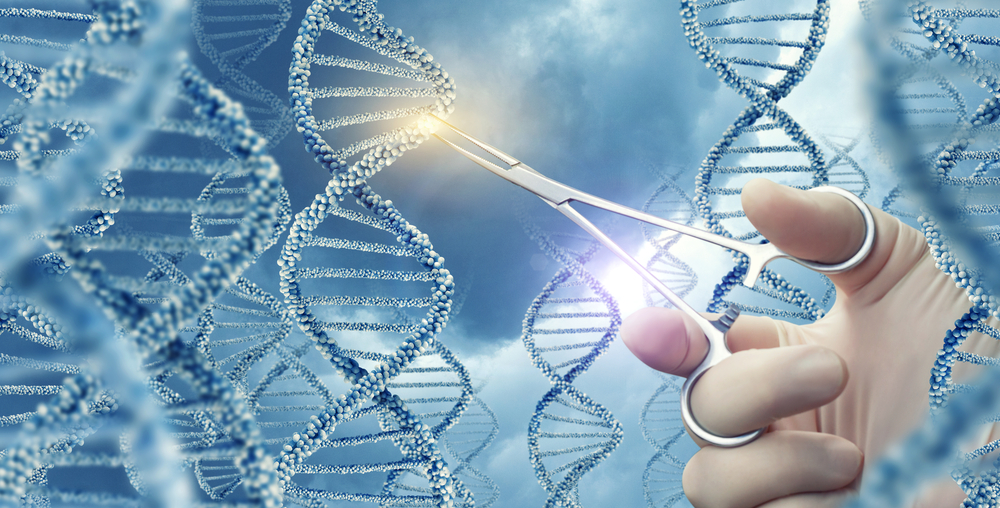Gene Editing Shows Promise in Treating Familial ALS, Mouse Study Suggests

Gene editing may be a viable tool to slow disease-causing processes in amyotrophic lateral sclerosis (ALS) caused by mutations in the SOD1 gene, a mouse study indicates.
Published in the journal Science Advances, the study demonstrated that the method delayed disease onset and improved survival among mice carrying such mutations. The method may also be used in other forms of ALS, the research team from the University of California, Berkeley underscored.
“Being able to rescue motor neurons and motor neuron control over muscle function, especially the diaphragm, is critically important to being able to not only save patients, but also maintain their quality of life,” David Schaffer, a professor of chemical and biomolecular engineering and director of the Berkeley Stem Cell Center, said in a press release.
The study was titled “In vivo genome editing improves motor function and extends survival in a mouse model of ALS.”
SOD1 is a critical enzyme working as an antioxidant in neurons. Although researchers have not fully understood how mutations in the enzyme cause ALS, it is clear that the presence of mutated enzymes is toxic to neurons.
Earlier studies using RNA-based treatments that block the production of the enzyme from its gene have been effective in animal models of ALS. But these methods have, so far, not been successful in humans. It is also unlikely that they can get rid of enough mutated SOD1, the research team argued.
Gene editing, using the CRISPR-Cas9 system, may be a viable alternative to RNA-based drugs, they wrote. CRISPR-Cas9 is the most accurate gene editing system available today.
Cause for optimism
SOD1 mutations give rise to about one-fifth of all familial ALS cases, and only about 2 percent of all ALS cases. The method may, however, be applied to other mutations, researchers said.
To test the technique, they exposed mice with SOD1 mutations to a harmless virus carrying the gene editing tool. The CRISPR-Cas9 system was instructed to shut the gene down. Mice were treated soon after birth.
Gene-edited mice had a better motor function and lost less weight than untreated mice — a fact that likely was linked to their lower level of muscle loss. Treated mice also had more motor neurons.
Treated animals had about a 2.5-fold decrease of mutant SOD1 in their spinal cord, and they fell ill 33 days later than untreated animals. Researchers noted a similar increase in survival in treated animals. There was, however, no slow-down in disease progression, as all mice were ill for about the same amount of time.
This may be caused by a lack of gene editing in supportive cells called astrocytes in the brain and spinal cord, researchers said.
“The treatment did not make the ALS mice normal and it is not yet a cure,” said Schaffer, the study’s senior author. “But based upon what I think is a really strong proof-of-concept, CRISPR-Cas9 could be a therapeutic molecule for ALS.”
Schaffer believes that additional research to optimize the treatment, particularly working out how to introduce the gene editing tool into more cells, may further improve the outcomes.
“I tend to be really cautious, but in this case, I would be quite optimistic that if we are able to eliminate SOD1 within not just the neurons but also the astrocytes and supporting glia, I think we are going to see really long extensions of lifespan,” he said.
In addition, researchers are looking into ways to eliminate only mutant forms of SOD1. The current method cannot distinguish between the faulty and healthy enzyme. Additional improvements include better types of carrier viruses and switches that allow the CRISPR-Cas9 system to self-destruct once the job is done.
“This work establishes genome editing as a possible therapy for ALS and paves the way for this technology to treat other forms of the disease, including those caused by … the C9orf72 gene,” the team wrote.






